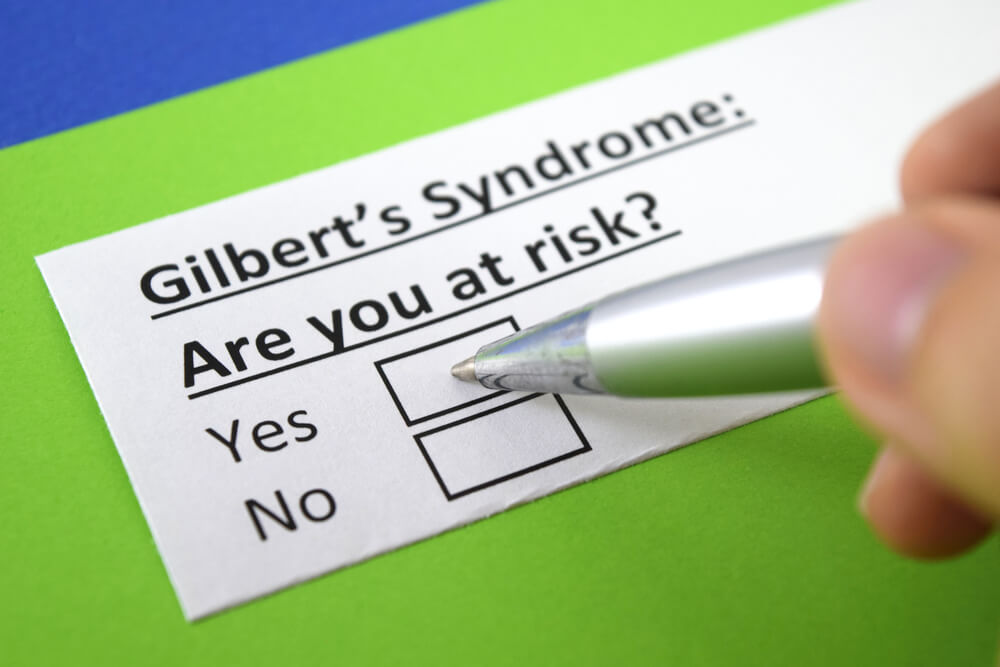DIAGNOSIS
Usually, your doctor may suspect you to have Gilbert’s syndrome if you have an increased bilirubin level in your blood and having unexplained jaundice.
Your doctor may make you undergo liver function tests and a complete blood count to determine common liver conditions.
To distinguish Gilbert’s syndrome from other common liver conditions, a combination of liver, blood, and bilirubin tests will be conducted.
Although no additional test may be needed to detect this condition, you may need to undergo genetic testing to confirm the diagnosis.
TREATMENT
Usually, there is no treatment needed for people with Gilbert’s syndrome, as the increased bilirubin levels in your blood may decrease over time. Although you may have jaundice occasionally, it is not harmful to you, at it usually settles on its own with no ill effects.
If you have Gilbert’s syndrome and it is uncomfortable for you, you can take these simple measures. These steps include:
- Tell your doctors that you have Gilbert’s syndrome. Because Gilbert’s syndrome is caused by the way your body functions, it can also affect how your body will process certain medications. It is best to tell your doctor about it to avoid further problems.
- Eat a healthy diet. Nothing is more powerfulthan a healthy diet. Avoid skipping meals, fasting, and extremely low-calorie diets. Always stick to a regular eating schedule.


